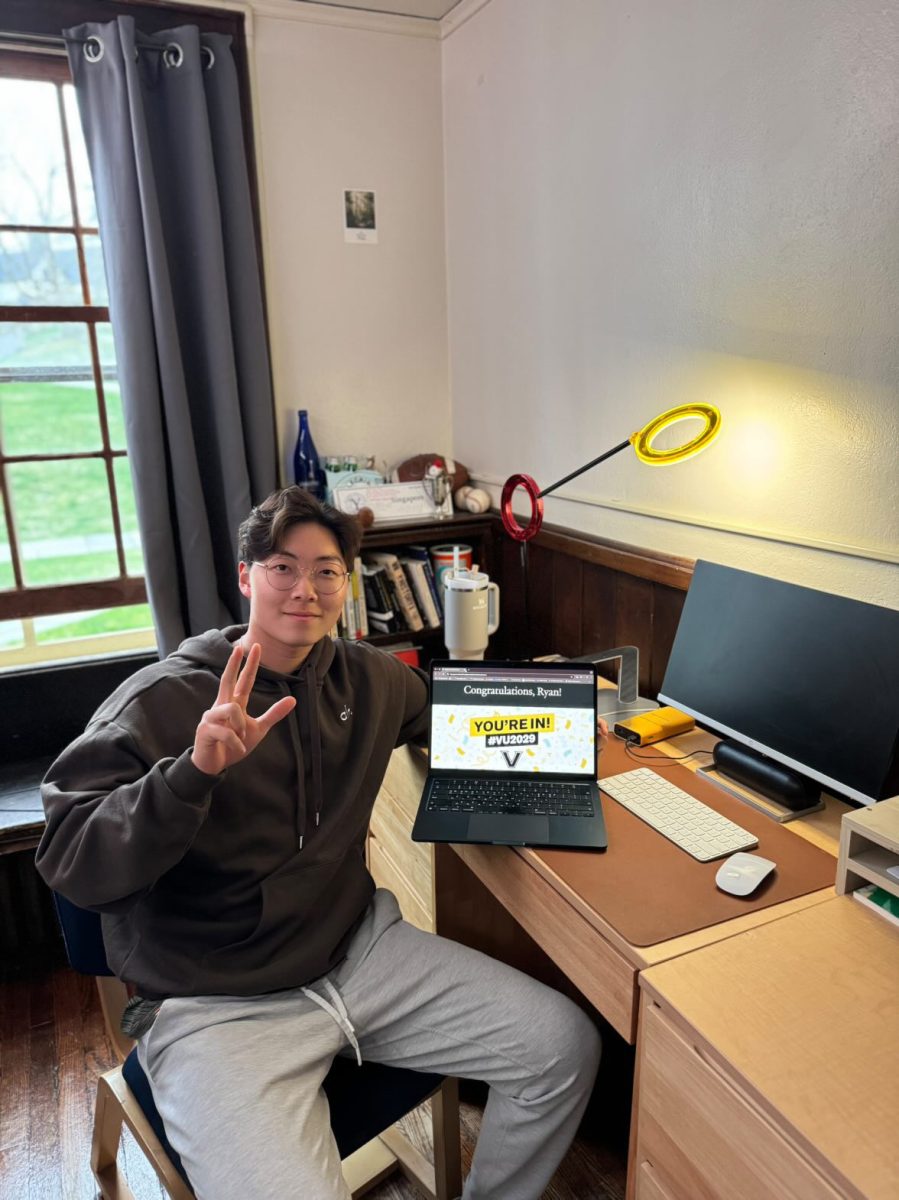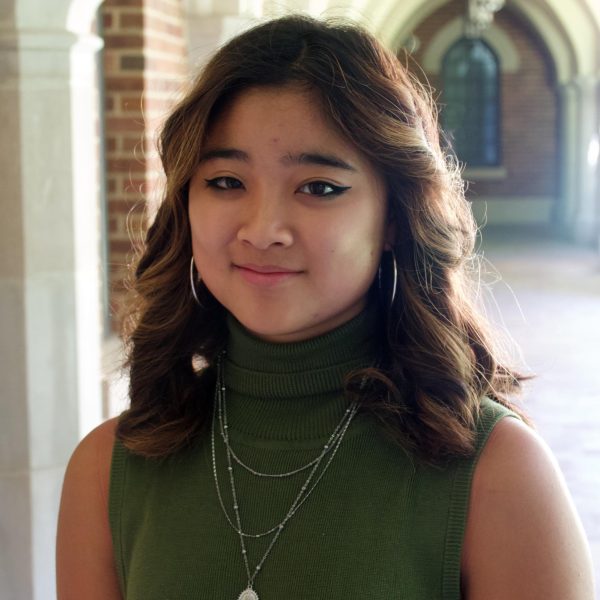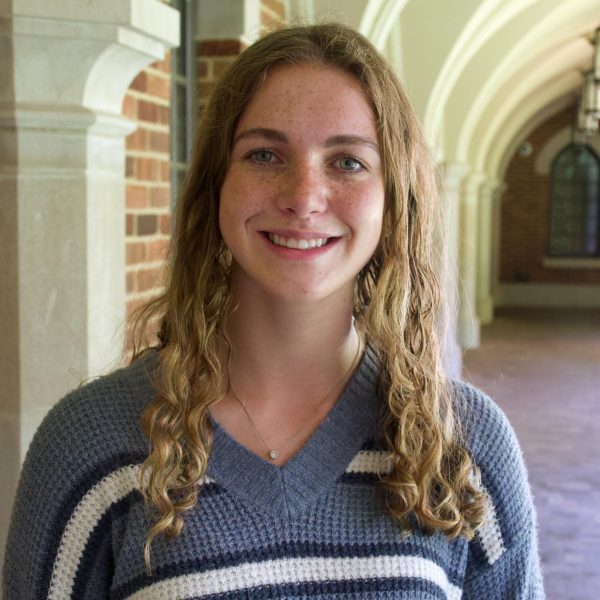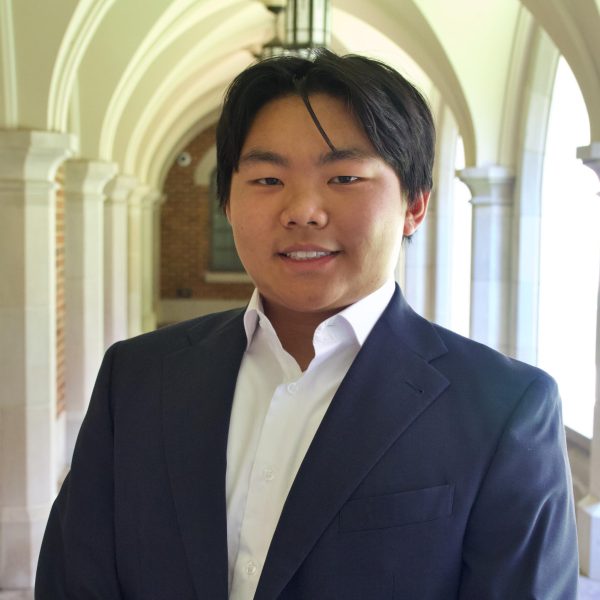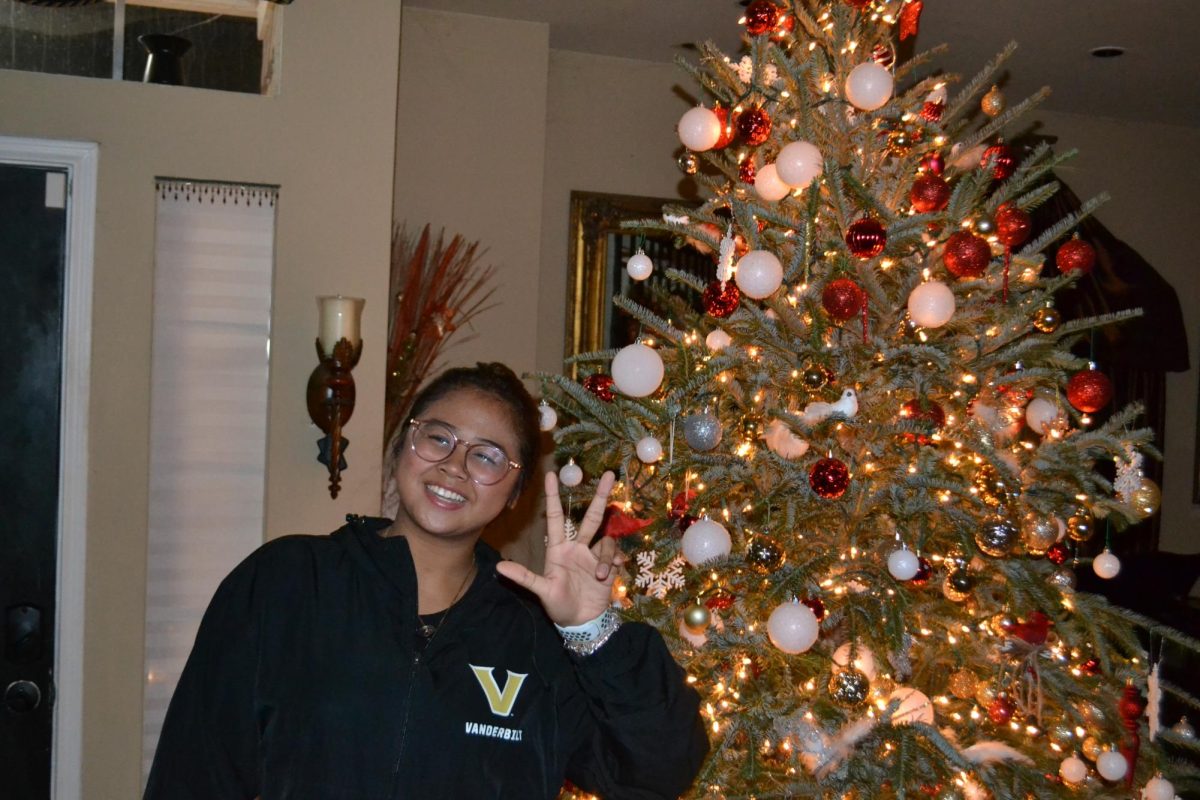Vanderbilt admitted 1,411 out of 48,681 regular decision applicants, the largest pool in Vanderbilt’s history, to the Class of 2029 on March 29 at 5 p.m. CDT. These students join the 891 students admitted via early decision earlier this year.
RD and ED acceptance rates were 3.3% and 13.2%, respectively, with a combined overall acceptance rate of 4.7%. Doug Christiansen, Vice Provost for University Enrollment Affairs and Dean of Admissions and Financial Aid, emphasized that while the RD and ED rounds comprise the overall admit rate, they are distinct rounds and should be thought of separately.
“When you think about an admit rate, it’s really just a mathematical calculation of who applies to who gets in,” Christiansen said. “We don’t want to have students think, ‘Oh if I apply early, it’s easier to get in.’ The student we [admit] in early decision or regular is the same student.”
Admissions trends
While the number of available spots in the first-year class has remained constant at around 1,620, applications for RD and ED have increased.
Christiansen linked the increasing number of applicants to the value of the Vanderbilt degree. This ratio is reflected in the steadily increasing yield rate in recent years, which was 61.2% for the Class of 2028.
“Every year, it is increasingly harder to be admitted to Vanderbilt,” Christiansen said. “The Vanderbilt degree continues to grow in value in the job marketplace because so many great students are here. As yield goes up, that means we’re admitting less [students].”
Additionally, Vanderbilt’s yield rate is higher than or on par with many of its peer institutions.
The increasing yield rate also affects how many students are admitted off of the waitlist. While waitlist and racial demographic data will not be available until the fall for the Class of 2029, Christiansen said approximately 10% of the class will come from the waitlist, as has been the case in previous years.
“Some of our peer institutions may admit barely 1-2% from the waitlist, but that’s because they don’t have a requirement of living on campus all four years,” Christiansen said.
Christiansen emphasized that deferrals are a built-in part of the university’s admission strategy, specifically as what he believes is a good practice to ensure students do not wait without reason.
“About 8-10% of our entering class will be students that were deferred because we just didn’t have any more room in [ED], but they were so good that we wanted them to be in the pool with the regular group,” Christiansen said. “We defer very little and as a portion of who applies early because we don’t want to lead someone on.”
RD admitted student profile
According to Christiansen, students from all 50 states and representing 87 different citizenships were admitted through RD this year. International students made up 15.2% of those admitted in RD.
“We’re getting great representation from around the world but also great representation from around the U.S.,” Christiansen said. “When you want to look at what makes a national university, it’s when you have so many students from across not just your state or region but all the other regions.”
Among students admitted via RD, 15.5% identified as first-generation. Students from domestic small towns and rural communities made up 10% of the incoming class.
Next steps for admitted students
Admitted students have until May 1 to commit to Vanderbilt. “Anchor Day,” Vanderbilt’s admitted students day, will occur on April 11 and feature programming on academics, student life and more. It will be held in conjunction with MOSAIC Weekend from April 10-12, a fly-in program that supports students from a variety of identities and perspectives.
Christiansen said he hopes admitted students feel a sense of pride and belonging at Vanderbilt.
“That increase in applications from both ED and RD says that people want to be here,” Christiansen said. “I just hope that people [say], ‘I am so glad that I am here because my degree and what I’m going to be able to accomplish continues to increase.’”
Admitted student reactions
Newly admitted student Ryan Ryu grew up in Seoul, South Korea, and attended middle and high school in the Northeast United States. Ryu was admitted into the College of Arts and Science and said he hopes to study political science. Ryu attributed his commitment to the university to Vanderbilt’s work-life balance.
“Being able to take rigorous classes with renowned professors [while] having Nashville right next door was really appealing to me when I applied,” Ryu said.
Lily Smith, from Boston, MA, was also accepted into the College of Arts and Science as part of the Class of 2029 and she hopes to major in environmental sciences. Smith applied EDI, and was deferred and admitted through RD. She said she looks forward to attending Anchor Day and hopes the event will influence her college decision.
“[I was drawn to Vanderbilt because] you can see people you know walking around campus, and get to know your professors really well and students in class, but you also always get to meet new people,” Smith said.
Daniel Guzman-Beltran is from Thomasville, NC, and was admitted into the College of Arts and Science. He said he hopes to attend law school to become an immigration attorney. While Guzman-Beltran has not yet committed to Vanderbilt, he plans to commit after attending Anchor Day.
“As a first generation student, it’s been life changing to be able to enter into such a prestigious university,” Guzman-Beltran said. “The rigor and the academics stuck out to me, and [Vanderbilt] would allow me to challenge myself in coursework and extracurriculars, and the campus is beautiful.”
From Huntington Beach, CA, Kincey Wilson told The Hustler she was also deferred from EDI and accepted through RD into the School of Engineering to study engineering science. She recalled the excitement she felt when she opened her decision.
“I saw ‘Vanderbilt 2029’ and my entire world just set in,” Wilson said. “It just felt like everything came together.”
Wilson played sports in high school and she said she looks forward to playing club or intramural sports at Vanderbilt. She also wants to join engineering-focused clubs and was attracted to Vanderbilt because of its location.
“When you’re in the south, [it feels like] time slows down,” Wilson said. “People greet [others] as they walk by.”
Wilson noted Vanderbilt’s community is something she looks forward to being a part of.
“When I got [to Vanderbilt], I knew that’s exactly where I wanted to go,” Wilson said.

